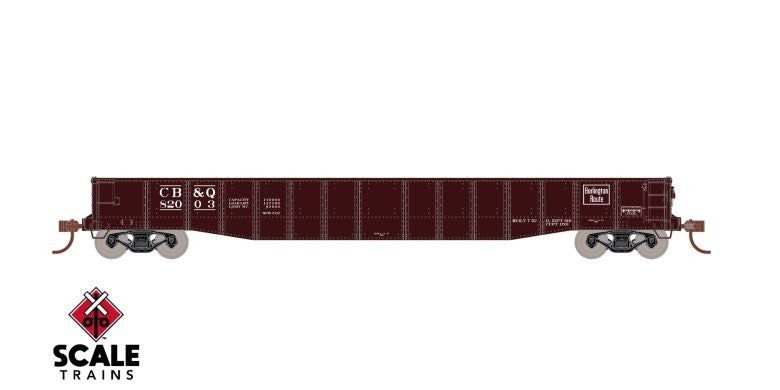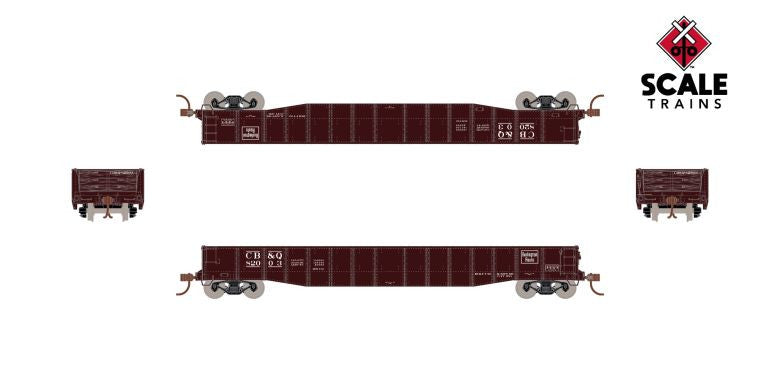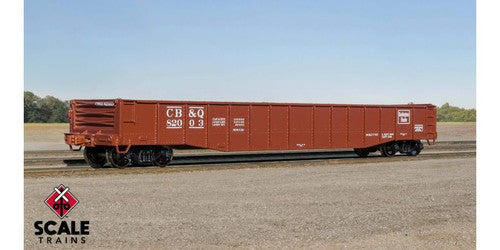Step into the golden age of model railroading with our easy - to - build Kit Classics™ 70 Ton Mill Gondola. This HO scale model represents the CB&Q Burlington Route #82042 (note: the picture might show a different road number). It only takes a Phillips screwdriver, some glue, and a few minutes to assemble. These freight cars are a great way to pass on the timeless tradition of model railroading to the next generation. Product details include multiple road numbers, finely cast stirrup steps, end ladders, grab irons, and a detailed underbody and brake system. There's molded interior detail where it counts, a separately applied handbrake wheel, and one - piece detailed molded trucks. The 33” machined metal wheels with accurately profiled .110” wide wheel treads offer smooth operation. It comes with plastic semi - scale Type E knuckle couplers that are Kadee compatible, and the body - mounted coupler box can accept Kadee whisker couplers. The model is weighted to industry standards, operates on Code 70, 83, and 100 rail, and its packaging can safely store the assembled model. It has a minimum radius of 18”. The 70 Ton Mill Gondola, a common design starting in 1940, was built in large numbers by various car builders and railroad - owned shops. Its simple open - top design made it incredibly versatile, carrying all kinds of loads like steel products, machinery, minerals, lumber, and scrap metal. You could see these cars well into the late 1970s and beyond.



Using this ScaleTrains 70 Ton Mill Gondola model is a breeze. First, grab a Phillips screwdriver and some glue. Follow the included instructions to assemble the parts, which should only take a few minutes. When you're done, your model is ready to run on Code 70, 83, or 100 rail. Just make sure the track has a minimum radius of 18”. As for maintenance, keep the wheels clean. You can use a soft cloth to wipe off any dust or debris. The couplers also need to be checked regularly to ensure smooth connections. If you want to change the road number, you can use appropriate model - making paints and decals. Store the model in its packaging when not in use to protect it from damage. And always be careful when handling the small parts during assembly to avoid losing them.









